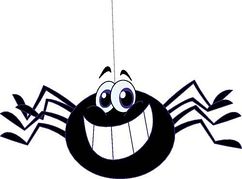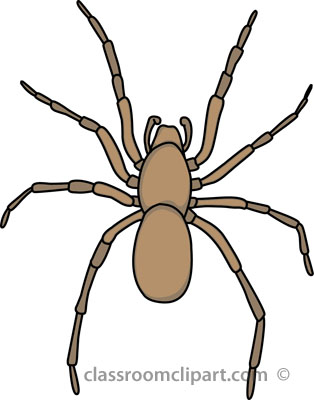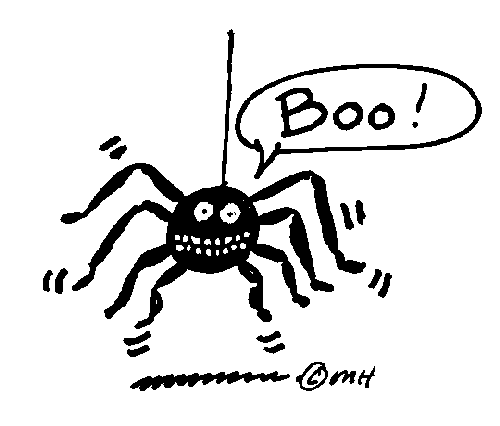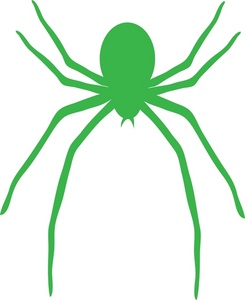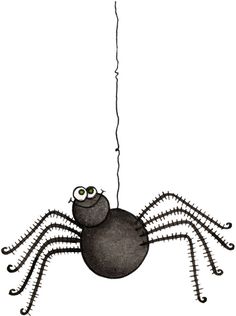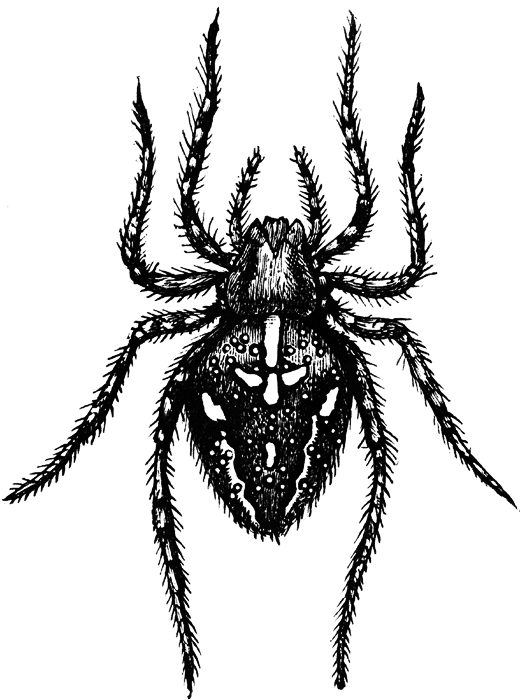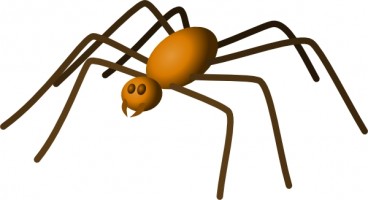Spider Clip Art
Spiders are eight-legged arthropods that are members of the arachnid family. Over 48,000 spider species exist worldwide known for their ability to spin intricate webs to capture prey. Their bodies have two main segments, the thorax and abdomen, along with mandibles that inject venom. While often feared, spiders play a vital role serving as natural pest control. Most species have fangs too small to penetrate human skin and aren’t dangerous.
Common Spider Species
Popular types of spiders include:
- Orb Weaver Spiders – Weave stunning circular webs with support strands. Not aggressive.
- Jumping Spiders – Small, hairy spiders that actively hunt rather than building webs.
- Wolf Spiders – Larger, furry species that run quickly along the ground and hide in burrows.
- Garden Spiders – Include beneficial species like zipper spiders and corn spiders preying on pests.
While over 3000 species exist in North America, only a few species like black widows and brown recluses can inflict serious bites. Most spiders help control insects around homes and gardens without issue.
Spider Habitats
Outdoor spiders often dwell in:
- Untended corners filled with debris and overgrowth
- Undersides of rocks, woodpiles, tree stumps, and dense vegetation
- Sheds, garages, barns, and開eaves
- Holes in trees, small crevices, and other sheltered areas
Indoor spiders may frequent unused guest rooms, crawl spaces, attics, and basements. Cobwebs in garages, sheds, window wells, and porch overhangs provide refuge. Different species acclimate to various habitats.
Spider Behavior
Much of a spiderわs day focuses on:
- Constructing webs – Creating sticky, intricate webs to capture crawling or flying prey. Some weave new each day.
- Hunting food – Cocking their legs in a fighting stance when sensing vibrations of prey caught in webs then moving in to inject paralyzing venom. Jumping spiders actively pursue rather than using webs.
- Hiding from predators – Freezing or dropping to the ground, hiding in nests or burrows, using camouflage markings. Playing dead if discovered.
- Laying eggs for reproduction – Female spiders lay up to thousands of eggs at a time, wrapped in thick silk for protection. Baby spiderlings hatch and disperse.
Spider Myths and Facts
Misconceptions around spiders include:
Myth: All spiders are dangerous – Only a small percentage of species can inflict bites harmful to humans. Most have fangs too small or weak venom.
Fact: Spiders help control pests – Their diet consists mainly of live insects, reducing annoyances around the home.
Myth: Spiders infest homes due to poor housekeeping – They search for food not piles of dust. Ensuring screens seal properly does more to prevent indoor populations.
Fact: Spiderwebs outside eliminate mosquitoes – An orb spider web can trap many biting insects that shelter-seeking species like bats then swoop in to eat.
Introduction to Spider Clipart
Spider clipart refers to artwork of spider images, spiderwebs, Halloween motifs, and related themes that get used across digital documents, websites, projects, templates and more. With many species triggering phobias, spider graphics tend to focus on cutesy, friendlier cartoon depictions rather than ultra-realistic varieties.
Sources for Spider Clipart
Websites to find spider clipart graphics include:
- Free printables sites and marketplace designers on Etsy
- DIY and paper craft blogs and websites that offer templates
- Big general clipart repositories like Clipart Library, ClipArt Mag, and Free Clip Art Now
- Filtering Google Images search results to only show clipart and line drawings
- Commercial stock media companies like Getty Images and Adobe Stock
Using Spider Clipart
Fun ways people utilize spider clipart:
- Printables for DIY Halloween party invitations, signs, candy boxes/bags, games, baking, home decorations
- Embellishing scrapbook pages or handmade greeting cards fitting Halloween, fall themes
- Decorating classroom bulletin boards and worksheets during October
- Accenting blog headers/graphics for autumn content or spooky themes
- Adding to kids websites and apps to make cartoon spiders for interaction and games
Editing and Modifying Spider Clipart
Common ways designers edit and adapt spider clipart include:
- Changing color schemes – Adjust colors on spider bodies, eyes, webs to coordinate
- Altering backgrounds – Remove or change scene settings behind spider images
- Combining elements – Add extra spiderwebs, jack-o-lanterns, leaves, pumpkins
- Cropping – Trim to isolate single spider images from decorated sets
Basic software tools enable resizing, enhancing quality and modifying clipart to suit specific needs.
Copyright Information for Spider Clipart
When utilizing spider clipart graphics:
- Verify clearly stated license terms allowing commercial, public and personal usage
- Check if attribution links back to original clip creator are required
- Ensure any plans for printing spider images on physical products for selling follows guidelines
- Consider supporting artists by opting for licensed commercial options over freebies when possible
Following image copyright protects from disputes. It also helps spider clip creators retain ownership while allowing their work’s use responsibly by consumers
In this page clipartix present 44 spider clipart images free for designing activities. Lets download Spider Clip Art that you want to use for works or personal uses.







